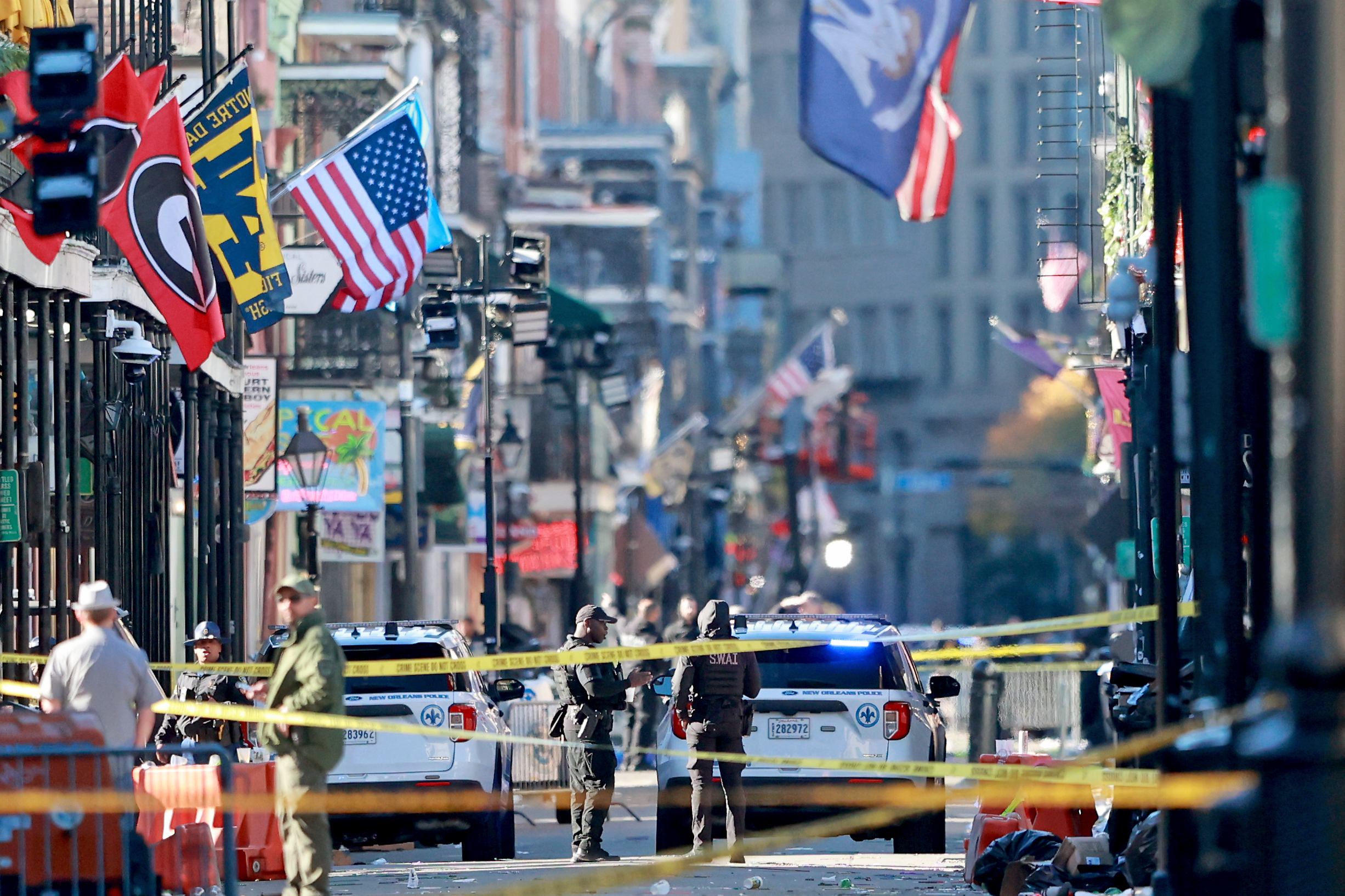The Northeast is getting walloped by a “historic” snowstorm that could dump as much as two to three feet of snow from Philadelphia to northern New England by the time it's over late Tuesday night.
Blizzard warnings were issued for the New York and Boston areas starting Monday night, as travel bans took effect and as the New York City subway system, the nation's largest, shut down for snow for the first time in its more than century-long history.
"This could be the biggest snowstorm in the history of this city," New York City Mayor Bill de Blasio had warned Sunday. "My message for New Yorkers is prepare for something worse than we have ever seen before."
That means New York City could beat its one-day snowfall record — 26.9 inches, recorded in Central Park in February 2006.
The Northeast is no stranger to powerful snowstorms. Here’s a list of some of the biggest blizzards the region has ever seen.
1993: The Storm of the Century
The Storm of the Century not only hit the Northeast, it surged up the entire East Coast from Alabama to Maine. The storm affected parts of 26 states, which is where roughly half of the entire U.S. population lives, according to the National Oceanic and Atmospheric Administration (NOAA).
U.S. & World
News from around the country and around the globe
The blizzard began on March 12 and wreaked havoc for two days. For the first time, every East Coast airport had shut down at some point during or after the storm hit. Parts of upstate New York and Pennsylvania received over three feet of snow, and wind gusts reached up to 89 mph on Long Island.
About 270 people died from direct and indirect results of the storm, and the storm is still ranked as the number 1 most impactful snowstorm on the NOAA’s Northeast Snowfall Impact Scale (NESIS), used to categorize snowstorms.
The Storm of the Century had uncanny similarities to the Blizzard of 1888: both started on March 12 and affected 26 states.
2006: New York City Blizzard
While this storm is 29th on the NESIS list, it did account for the most snowfall in New York City’s history: close to 27 inches. The snowstorm, however, was not categorized as a blizzard — winds of at least 35 mph for three consecutive hours and visibility of less than a quarter mile are required for a storm to count as a blizzard, which this snowstorm did not have.
1977: The Buffalo Blizzard
The snow began in the early morning of Jan. 2,8 and temperatures plunged about 26 degrees in four hours. At the blizzard's peak, gusts of winds were 75 mph, and wind chills reached 50 to 60 degrees below zero. Thousands were stranded in office buildings or stalled cars, and roads became parking lots quickly. Although the storm did not dump record-breaking snow — only 12 inches — it did put Buffalo on the map as the blizzard capital of the United States.
1978: The Great Northeast Blizzard (Boston/Rhode Island)
New England shut down after this blizzard dumped over 30 inches of snow and wind speeds hit over 100 mph. After the storm, President Jimmy Carter declared portions of Rhode Island and Massachusetts federal disaster areas and brought the National Guard to help with the clean-up.
The storm lasted 32 hours, accumulated over 3000 stranded cars on the highways and claimed the lives of almost 100 people. It may have been the most powerful storm in the region since the Great Snow of 1717, when four snowstorms struck the area between Feb. 27 and March 7, covering the New England and New York colonies with more than 4 feet of snow.
The Blizzard of 1996
This nor’easter hit the Northeast Corridor on Jan. 6, as the country was getting back on track from the federal government shutdown. This storm ranked second on the NESIS scale.
Parts of Pennsylvania were completely shut down, and many Pittsburgh Steelers fans from areas east of Pittsburgh were stranded in the city after the NFL playoff game on Sunday. Philadelphia recorded 30.7 inches of snow — its record snowfall to date.



